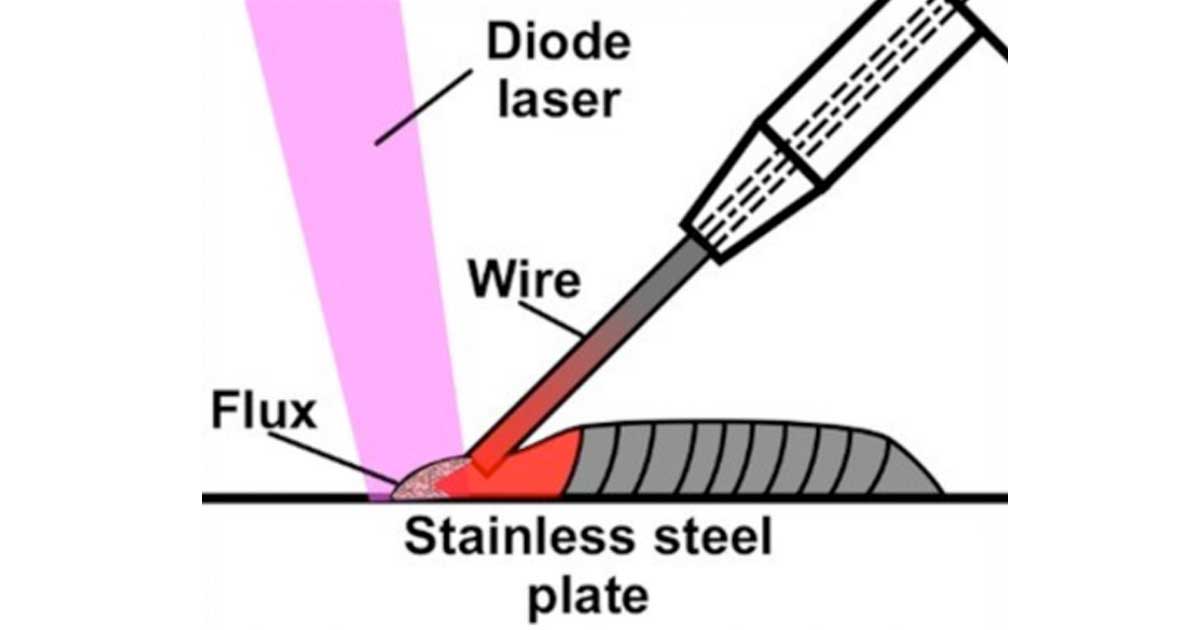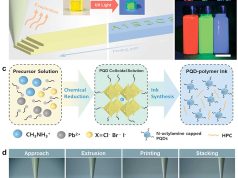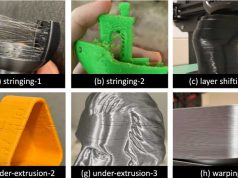Until now, joining the metals steel and aluminum in production has been difficult, as the weld seams are very brittle. Researchers at Hiroshima University in Japan have now developed a 3D printing process that enables more stable transitions between the metals.
A combination of laser and a special flux is used. The latter prevents harmful oxidation during welding. By varying process parameters such as laser power and focus, the scientists were able to minimize the formation of brittle metal joints.
At optimum settings, the thickness of the transition layer was less than 2 micrometers. In tensile tests, the printed samples withstood compressive loads of up to 120 MPa. According to the developers, the process can help to produce hybrid components made of steel and aluminum for lightweight construction.
The combination promises a good mix of strength, weight savings and costs. Until now, it has often failed due to the brittleness of the joints. The newly developed 3D printing process could therefore expand the possible applications. The researchers see potential above all in car and aircraft construction as well as in critical infrastructure.
Subscribe to our Newsletter
3DPresso is a weekly newsletter that links to the most exciting global stories from the 3D printing and additive manufacturing industry.
























